
- 00Days
- 00Hours
- 00Minutes
- 00Seconds
Overview
Welcome to the first edition of the International Summer School on Structured Light and Matter, organized by the Unit of Excellence LUMES at the University of Salamanca. The school will take place from July 7 to 11 in Salamanca, Spain.
The Summer School offers a week of intensive, interdisciplinary training in three key areas of current research: structured light, structured matter, and light-matter interaction. The school features 11 courses spread over 36 teaching hours, carefully structured to offer participants an advanced and practical introduction to these topics. The program combines theoretical sessions, practical modules, keynote lectures given by international experts, 21 researchers from Universidad de Salamanca and a special visit to the Center for Pulsed Lasers (CLPU).
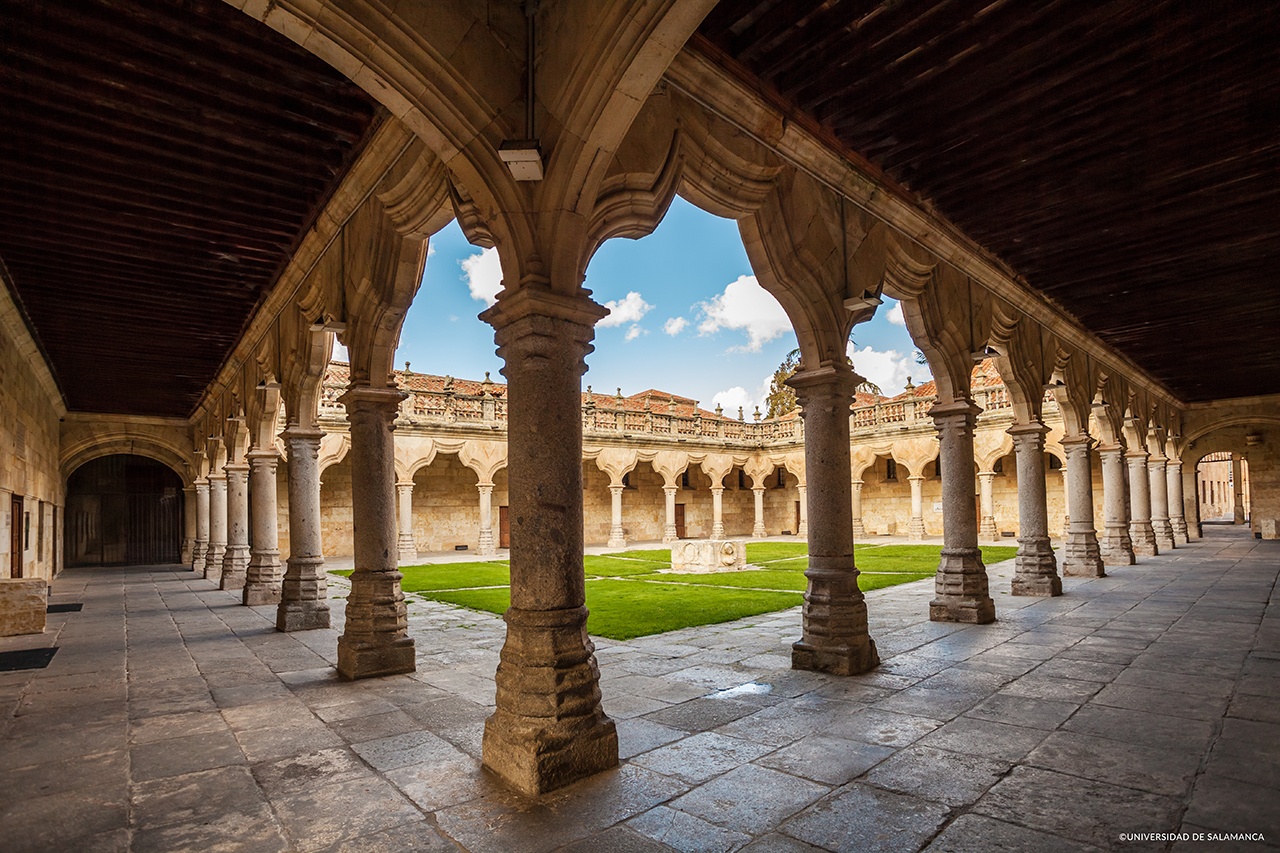

The school is limited to 15 participants, preferably students in the final years of undergraduate studies in Physics, Chemistry or Engineering, as well as Master’s or early-stage PhD students. The program includes meals for all registered students for the duration of the school. Additionally, travel grants are available to help cover accommodation and transportation costs to Salamanca. These grants are open to all applicants and must be justified in the motivation letter included in the application form.
All activities will be conducted in English.
international Keynote Speakers

Sonja Franke-Arnold
University of Glasgow
Sonja Franke-Arnold is a Professor for Quantum Optics at the University of Glasgow, and a Fellow of the Royal Society of Edinburgh. Since over 25 years she is excited by shaping light into optical vortices and other complex light modes, and studying their interaction with atoms cooled close to absolute zero. Together with her team of PhD students she explores fundamental properties of vectorial light-atom interaction and topological structures, and performs industry-led investigations of quantum-enhanced magnetometry, phase-engineering, spectroscopy and polarimetry.
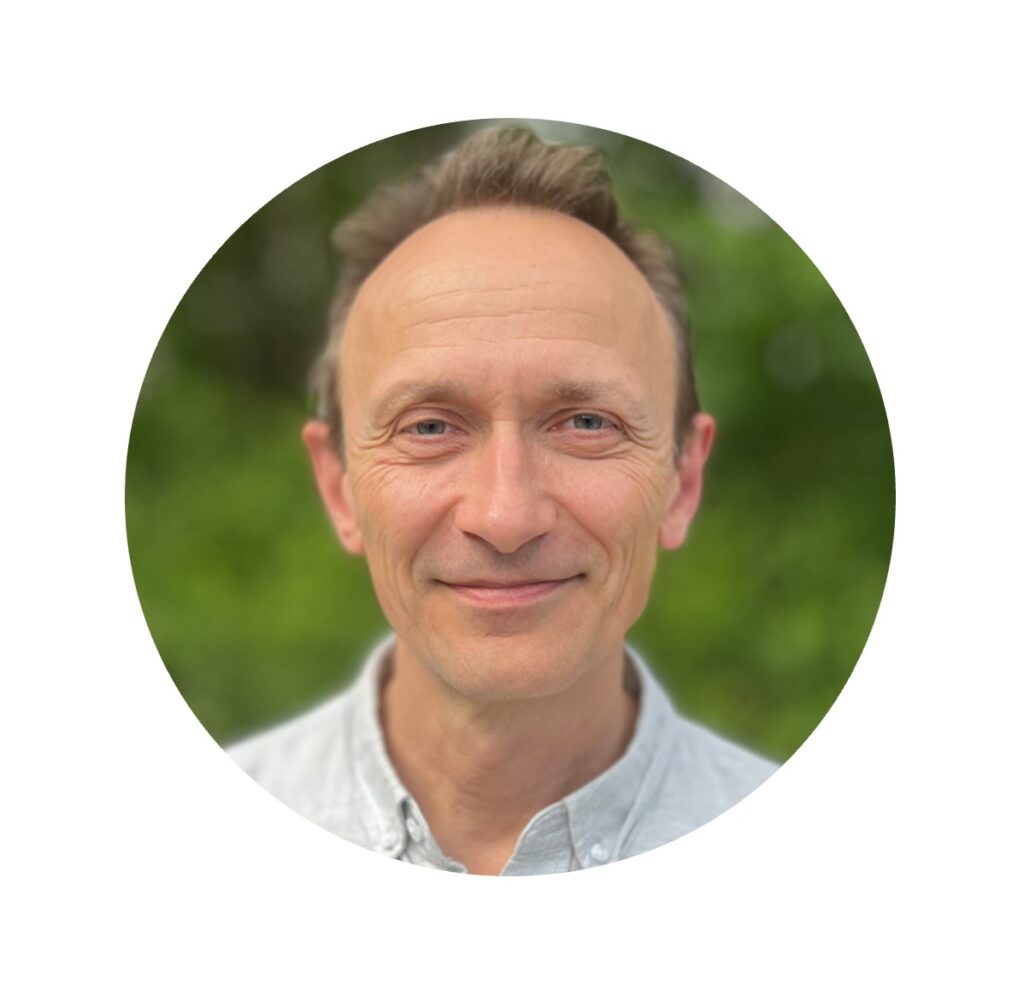
Peter Bøggild
Technical University of Denmark
Peter Bøggild is Professor at DTU Physics and Head of the 2DPHYS section, working with the electronic and transport properties of two-dimensional materials. He holds a PhD in mesoscopic physics from the University of Copenhagen (1998) and has been full professor since 2013. His research covers synthesis and transfer of 2D materials, nanostructuring, THz spectroscopy, metrology, and transport phenomena in graphene and related materials. He led the strategic research project DA-GATE and participated in several large industry-oriented collaborative projects, as well as the Graphene Flagship. Today, Bøggild is part of several national and international collaborations, and is co-PI of the ERC Synergy project METRIQS focusing on programmable quantum materials.

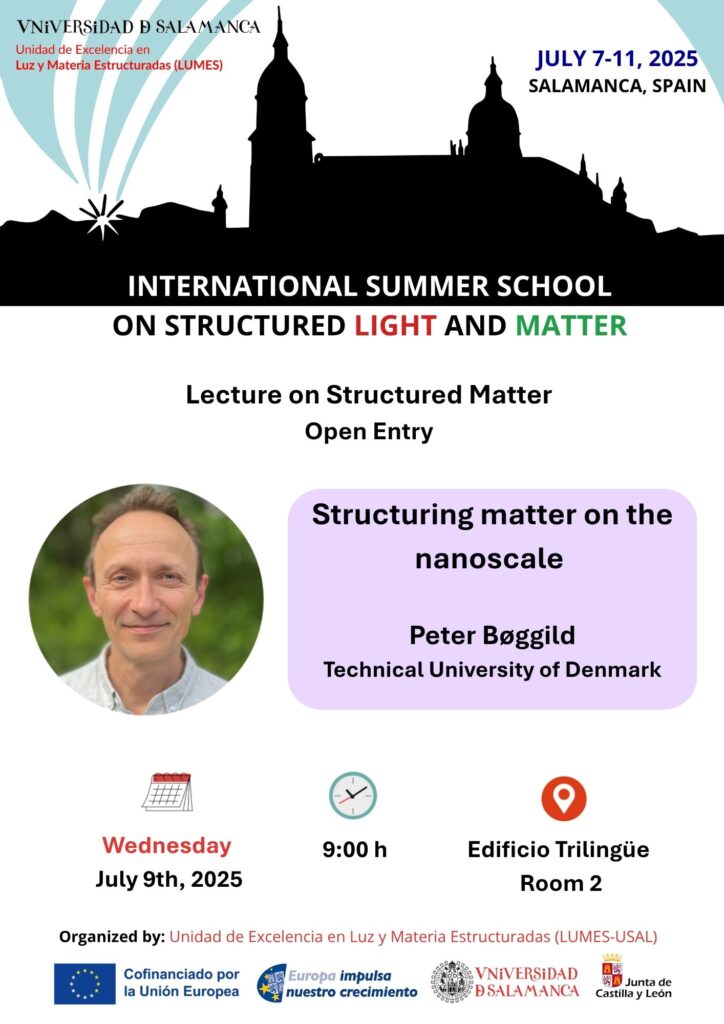
Program & Schedule (Preliminary)

Topic 1: Structured Light
Over the last decades we have gained unprecedented control over light, allowing us to shape its phase and polarisation and explore its topologies. Vector vortex light mimics quantum entanglement, can be focused below the conventional diffraction limit and allows us to explore the vectorial nature of light-matter interactions. I will illustrate a kaleidoscope of effects arising from the interference, diffraction and propagation of polarization textured light – and show how we can transfer optical polarisation textures to polariton textures in atomic gases. Unlike optical polarizations, atomic spin alignments react to external fields and forces, promising applications in magnetometry and inertial sensing.
After a brief introduction to the Python programming language and the Jupyter Notebooks environment, we will proceed to develop a simple yet illustrative code designed to visualize structured light beams. The code we will implement will enable us to explore the rich and intricate spatiotemporal patterns of the optical fields, focusing on both their amplitude and phase characteristics. Furthermore, we will examine how polarization—an essential property of light—manifests and evolves across the beam’s profile. This computational approach offers an accessible way to study structured light, providing insights that are often difficult to obtain through purely experimental means.
From the experimental point of view, structured light (in terms of spatial energy distribution, polarization…) finds multiple applications, from telecommunications to spectroscopy and microscopy, among others. Structured light beams, either in CW or pulsed, can be generated using different methods, involving the most common the use of phase plates or spatial light modulators (SLMs). The main objective of this course is to get acquainted with some of those methods. For that purpose, we will generate different types of structured beams, such as vector beams (radial and azimuthal) and vortex beams with optical angular momentum (OAM), and will characterize their exotic features.
This course offers a brief introduction to the generation of ultrashort laser pulses. In the theoretical section, we will first cover the fundamental concepts of ultrafast optics, including the requirements for producing such pulses and the techniques available for their generation. We will also discuss how these pulses can be amplified to enhance their usefulness for various applications.
The experimental session will include a visit to the high-power laser systems at the Ultrafast Optics Laboratory of the USAL, where participants will gain an overview of various applications. Special emphasis will be placed on the measurement of ultrashort light pulses on the femtosecond timescale, and attendees will have the opportunity to observe and take part in an actual measurement in the lab.
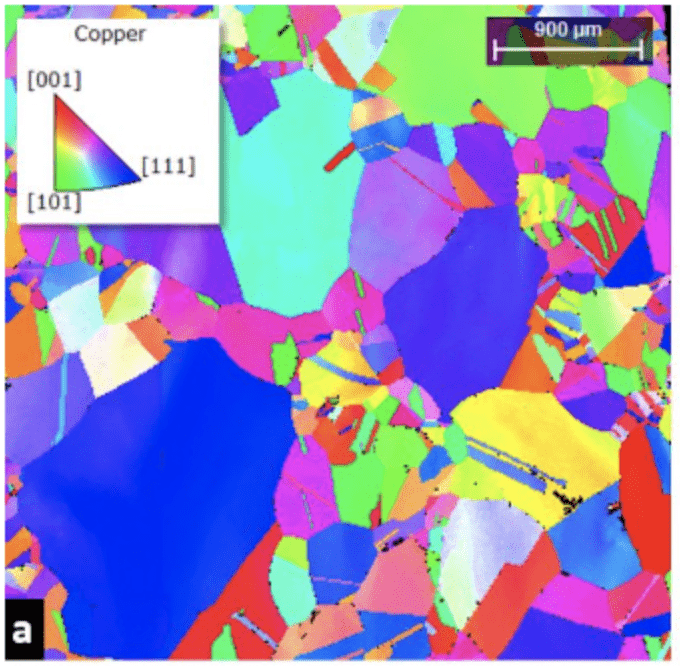
Topic 2: Structured Matter
In the keynote lectures we will explore the vast possibilities 2D materials offer in terms of patterning. Due to their lower dimensionality, these atomically thin materials offer access to the “inside” of the crystals, elevating nanostructuring to an essential tool for engineering the properties of 2D materials to taste. In the keynote we look at some of the most important and exciting nanofabrication techniques, compare with moire-patterning, and also introduce discuss how we can think of patterning beyond structure, using spatially modulated fields and potentials to induce new properties in 2D materials: Patterning 2.0. We also review the greatest challenges for patterning in the broader sense, and how these can be overcome.
Two-dimensional (2D) materials are intriguing, atomically-thin systems with special quantum properties that make them useful in applications such as emerging electronics, batteries, and novel sensors.
In this workshop, the students will learn how to fabricate high-quality two-dimensional quantum materials (e.g. graphene, hexagonal boron nitride) and stack them to form the so-called van der Waals heterostructures using state-of-the-art techniques.
The control of magnetic properties at the nanoscale is at the heart of the rapidly emerging field of spintronics. This tutorial is intended as a practical introduction to the world of magnetic nanostructures. In the first part we will present the theoretical framework used to investigate the magnetic response at the nanoscale, the equation that governs magnetization dynamics and the different interactions that come into play. In the second part we will use the simulation package mumax3 to investigate some basic phenomena in magnetic nanostructures, such as hysteresis loops, domain wall motion, spin waves, etc.
In this course, we will show you different nanostructures such as carbon nanotubes, graphene, nanoparticles, and how to take advantage of their properties. Inspired by biological micro and nanostructures, we will learn how to produce materials with enhanced mechanical and multifunctional properties.
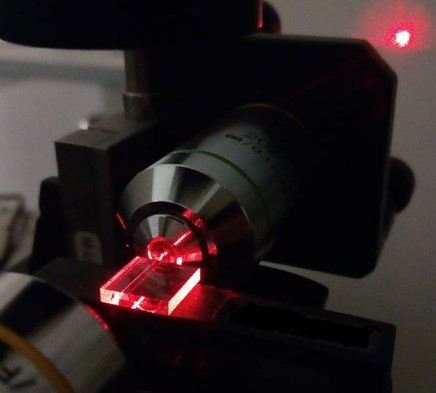
Topic 3: Light-Matter Interaction
Quantum materials are systems with intriguing properties that make them useful in applications such as emerging electronics, batteries, and novel sensing technologies.
In this workshop, the students will learn how to measure the electrical and optoelectronic properties of devices made from quantum materials at visible and infrared frequencies. Students will also learn how to relate these exciting device responses to specific electronic properties of the actual constituting material (e.g. with their electronic bandstructure).
Femtosecond lasers are very versatile tools for the microstructuring of all types of materials, especially in the case of transparent dielectrics. The high intensity achieved in the focal region and the extremely short duration of the laser-matter interaction mean that material can be removed from the surface of the sample (ultra-fast ablation) or optically modified in the bulk. This procedure allows, for instance, the creation of channels for microfluidic applications with unprecedented precision or the fabrication of photonic microdevices.
In this course we will introduce the students to sample handling, programming of high-precision XYZ micro positioners, operation of a microprocessing station with ultra-short pulse lasers and use of an optical microscope.
This introductory course aims to present the world of optical fibers. We will explore the underlying principles of optical guiding, structural components and different types of fibers, and understand these concepts in action through in-class experiments and illustrative simulations. Additionally, the course will present the applications of optical fibers in diverse fields, from high-speed communication to sensing technologies. Finally, we will take a brief look at the current research trends, including active fibers and photonic crystal fibers, offering a glimpse into the future of this technology.

Discover SALAMANCA
Located in western Spain, Salamanca is a UNESCO World Heritage city known for its rich history, stunning architecture, and vibrant student atmosphere. Home to one of the oldest universities in Europe, founded in 1218, the city blends centuries of academic tradition with a dynamic, modern lifestyle.
Walking through its historic streets, you’ll find world-renowned landmarks such as the University façade, the Plaza Mayor, and the twin cathedrals—alongside cozy cafés, amazing gastronomy, and international communities. As a city that lives and breathes knowledge, Salamanca is the perfect place to learn, connect, and experience Spain at its most authentic.
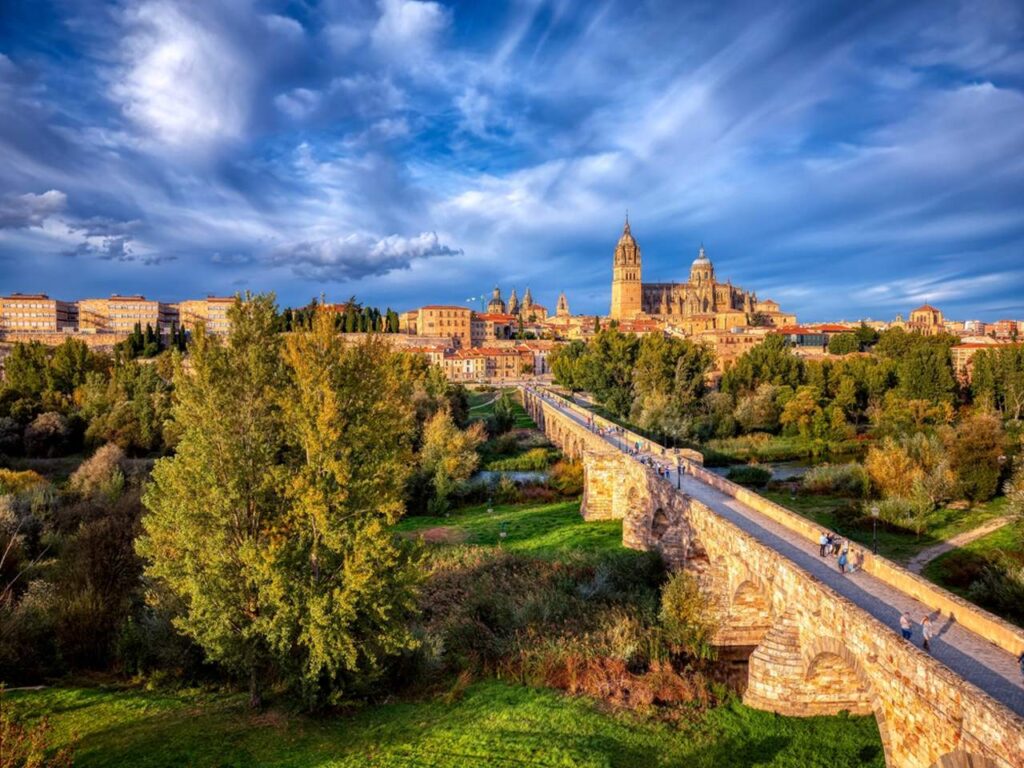

Edificio Trilingüe
Universidad de Salamanca
Salamanca, Spain
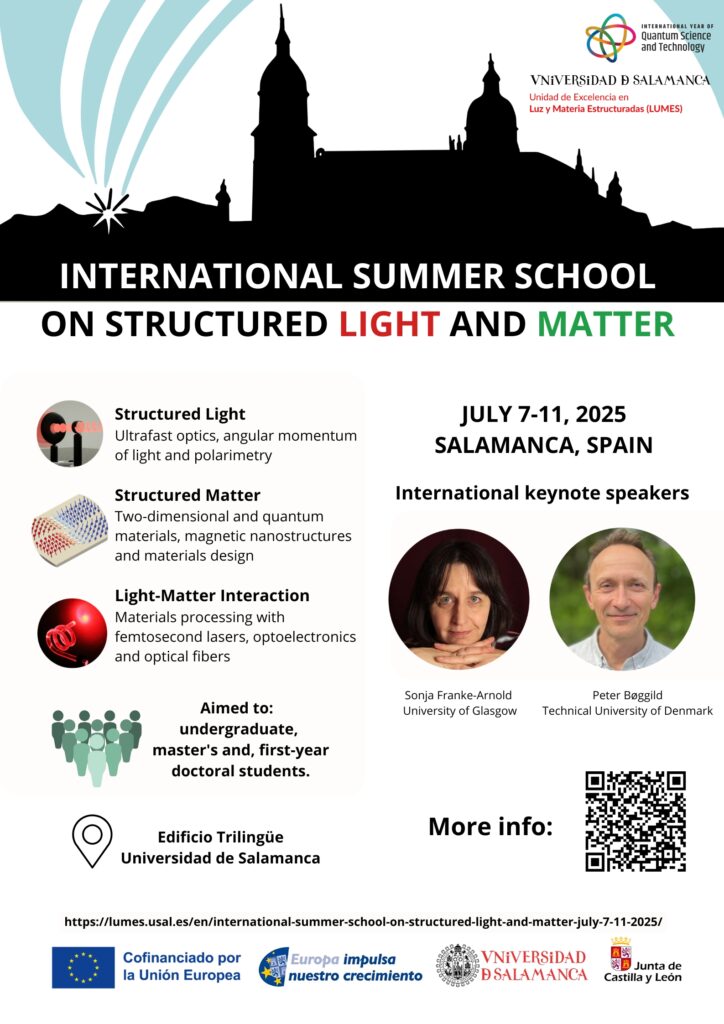
EVent Organizers


The Summer School will be held in the research groups and centers integrated into LUMES: Laser Applications and Photonics (ALF); Quantum Materials and Devices (QMADE); Research Group on Simulation of Magnetic Nanostructures (SINAMAG); Pulsed Laser Center (CLPU); Laboratory of Mechanical Engineering Applied to Design, Manufacturing and Applications of Composite Materials (LAMCOM).
event sponsors

